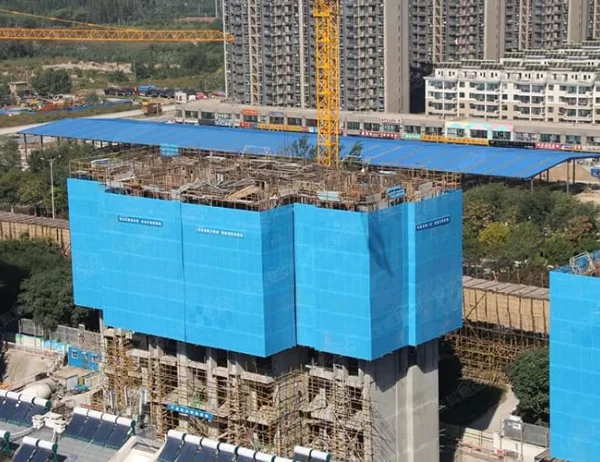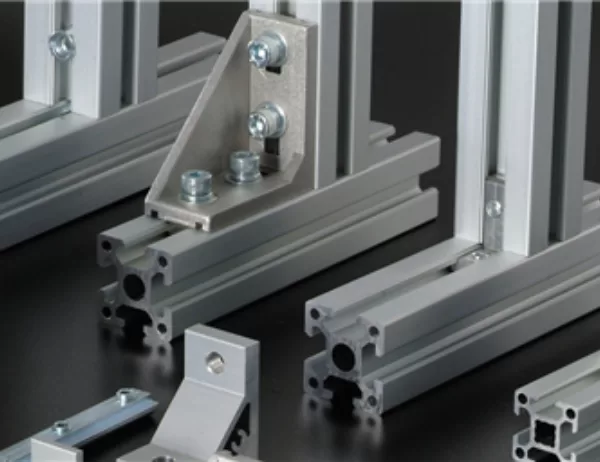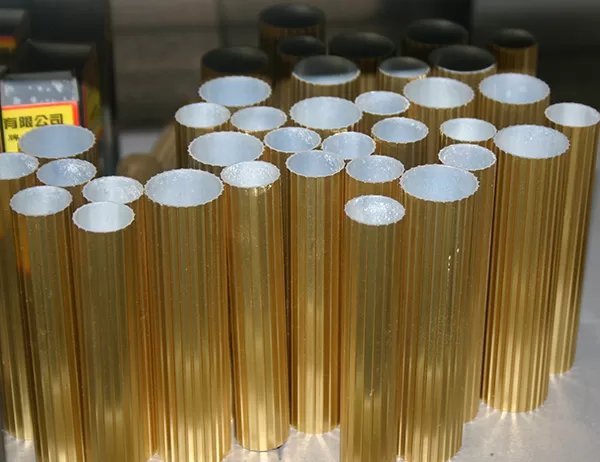In today’s demanding industrial and architectural environments, materials that can withstand extreme conditions and maintain their integrity are crucial. Anodized aluminum sheets have emerged as a prime solution, offering superior durability and corrosion resistance that sets them apart from conventional materials. This article will delve into the transformative effects of anodization on aluminum sheets, exploring how this process enhances their properties and makes them ideal for a wide range of applications.
Enhanced Surface Hardness
Anodization involves an electrochemical process that forms a protective oxide layer on the surface of aluminum. This oxide layer significantly increases the sheet’s surface hardness, making it more resistant to wear and tear. As a result, anodized aluminum sheets can endure mechanical stresses, such as abrasion and scratching, without compromising their structural integrity. This enhanced hardness is particularly valuable in high-traffic areas or environments with abrasive conditions, such as industrial manufacturing facilities and exterior architectural cladding.
Superior Corrosion Resistance
The primary advantage of anodization is its ability to enhance the corrosion resistance of aluminum. The dense and impermeable oxide layer acts as a barrier against environmental elements that can cause corrosion, such as moisture, salts, and acids. Unlike unanodized aluminum, which is prone to oxidation and pitting, anodized sheets retain their pristine appearance and structural soundness even in harsh environments. This makes them ideal for marine and coastal applications, where exposure to salt water and humidity can quickly degrade regular metals.
Improved Thermal Insulation
The porous nature of the anodized oxide layer provides additional benefits beyond corrosion resistance. Due to its trapped air pockets, the layer acts as an effective thermal insulator, reducing heat transfer and energy loss. This property makes anodized aluminum sheets a valuable material for building envelopes and automotive components, where thermal efficiency is a primary consideration. By mitigating heat loss, anodized sheets contribute to energy conservation and improved indoor comfort.
Enhanced Aesthetic Appeal
Beyond their technical advantages, anodized aluminum sheets also offer aesthetic benefits. The anodization process allows for a wide range of colors and finishes to be achieved, giving architects and designers greater flexibility in creating visually appealing products. Anodized sheets can be anodized in vibrant hues, metallic tones, or even custom patterns, adding an element of style and sophistication to any application.




